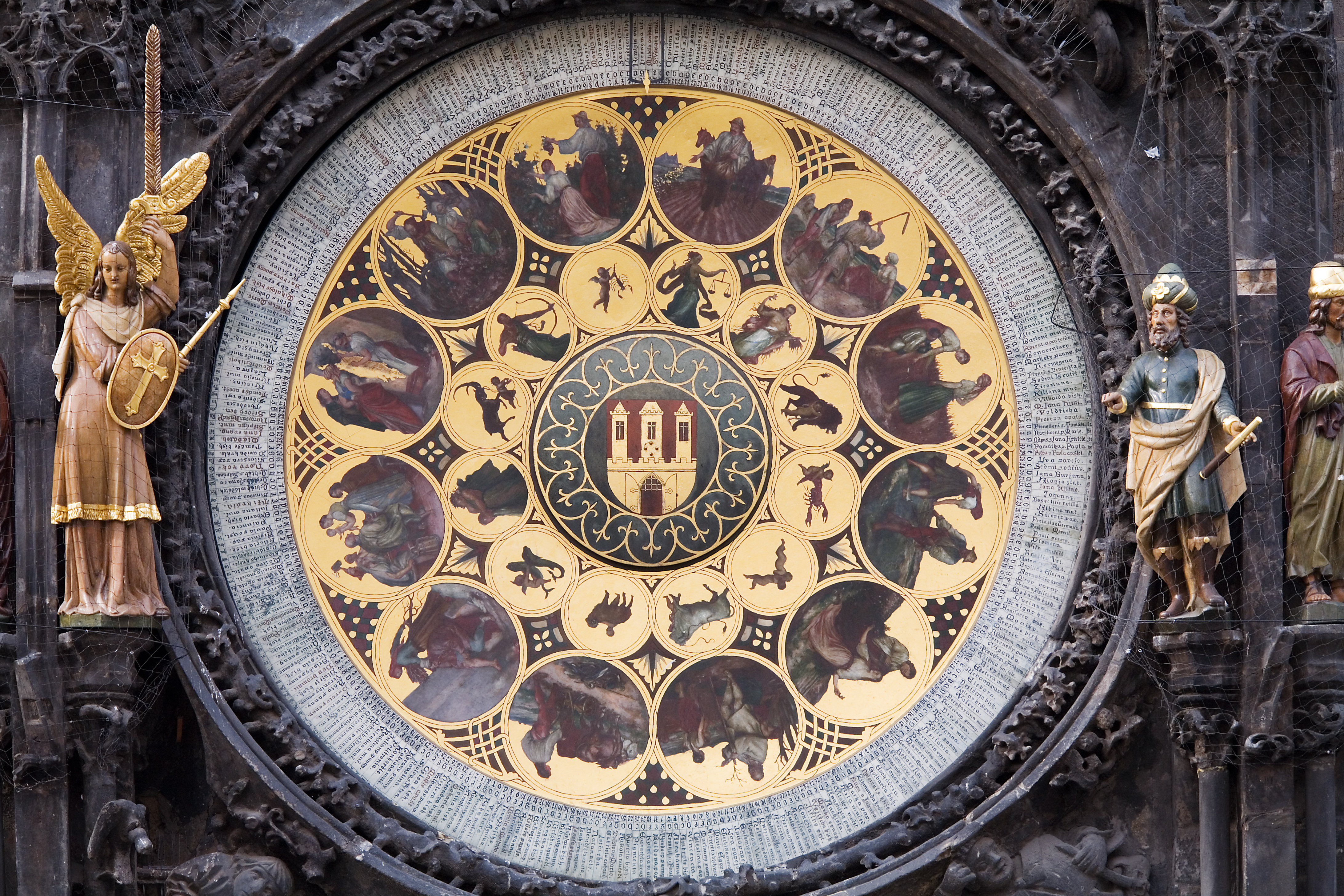
The Prague Astronomical Clock depicts one medallion per month, illustrating that month’s usual activities; September was associated with the harvest.
September 2, 1752 – The British ended their use of the Julian calendar, switching instead to the Gregorian calendar, resulting in a major adjustment as Wednesday, September 2, was followed by Thursday, September 14. The correction resulted in rioting by people who felt cheated and demanded the missing eleven days back.
Time, which seems so fixed and objective to us modern people, was traditionally considered very fluid and inexact. You could know what day of the week it was. If the officials told you, you could know what month it was and even what day of the month. But there was a repetitive nature to it all: Sunday was marked by church, another day was market day. August and September were always harvest-time. February and March were always time to plant the fields.
The law which changed the calendar also made New Year’s to be January 1. Until then, the New Year had been on March 25.
During much of history, until the end of the Middle Ages and Renaissance, many people thought that March 25 was the most important day of the year. All the most important events in history were thought to have occurred on March 25: the birthday of Adam, Moses leading the Israelites through the Red Sea, the Annunciation to the Virgin Mary, and Christ’s Crucifixion. March 25 was seen as the lynch-pin of history and time itself; everything revolved around March 25, which was also the vernal (springtime) equinox and the beginning of the new agricultural year, preparing the fields and planting seed.
The phoenix earned its legendary immortality by refusing to eat from the forbidden tree in the Garden of Eden. Every 500 years, on March 25, the bird was said to create a nest of herbs and spices, rest on it, and set itself on fire. After the fire died down, an egg laid by the phoenix was found among the ashes. The egg would hatch, and the phoenix would emerge, resurrected.
